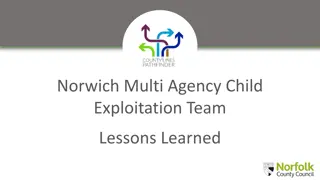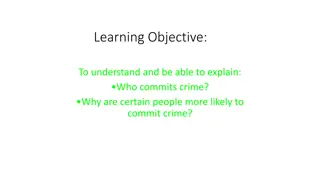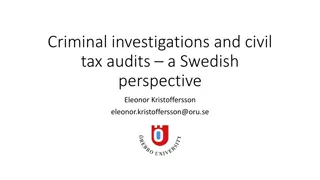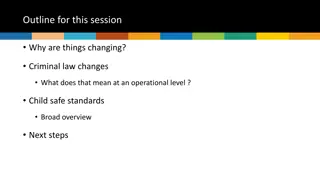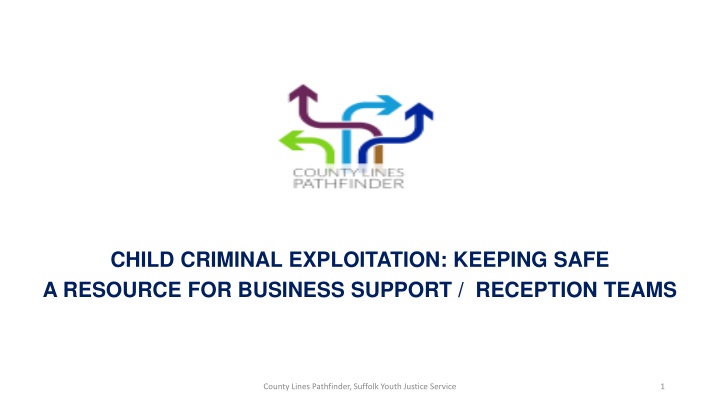
Professional vs. Other Relationships in a Business Setting
Explore the distinctions between professional relationships and personal connections within a business environment, focusing on boundaries, goals, and ethical considerations for maintaining a safe and effective working environment with colleagues and clients.
Download Presentation

Please find below an Image/Link to download the presentation.
The content on the website is provided AS IS for your information and personal use only. It may not be sold, licensed, or shared on other websites without obtaining consent from the author. If you encounter any issues during the download, it is possible that the publisher has removed the file from their server.
You are allowed to download the files provided on this website for personal or commercial use, subject to the condition that they are used lawfully. All files are the property of their respective owners.
The content on the website is provided AS IS for your information and personal use only. It may not be sold, licensed, or shared on other websites without obtaining consent from the author.
E N D
Presentation Transcript
CHILD CRIMINAL EXPLOITATION: KEEPING SAFE A RESOURCE FOR BUSINESS SUPPORT / RECEPTION TEAMS County Lines Pathfinder, Suffolk Youth Justice Service 1
INTRODUCTION A core part of our work is to build and maintain good relationships with those we work with. Business support and reception staff play a key role in this. It is important that expectations, standards, and boundaries are clear, and that staff understand and can apply them. The benefits of doing this are: To create and maintain a safe working environment To ensure relationships remain professional with children, caregivers, and community members. To ensure that the team / service takes a consistent approach with children, caregivers and community members. To ensure that professionals work within their skill sets and the team boundaries. This tool is designed to help support a reflective conversation. County Lines Pathfinder, Suffolk Youth Justice Service 2
Suffolk Youth Justice Service County Lines Pathfinder, HOPES To explore professional boundaries, and factors about the cohorts we support which may affect these. This tool will provide space to reflect on our relationships with the children and families who access our services. To explore how to manage dilemmas which may arise as a result of work in this field. arise Focus on protecting ourselves and the people we work with. 3
PROFESSIONAL VS OTHER RELATIONSHIPS In contrast to other relationships we may form, working relationships tend to involve: Functional and deliberate selection Unlike our partners / friends, we do not choose who we work with Relationship is formally requested not casually developed Specific goals and purpose in mind Formal initiation, duration, and termination boundaries Clear expectations and boundaries about when the relationship starts, how long it will last, how and when it comes to an end, unlike most other forms of friendships and relationships Generally, there is a very specific reason for the relationship exiting, and this may relate to one person needing something and another being able to support the needs (clear roles recipient and provider). Goal-directed and purposeful interactions Professional emotional distance and objectivity Not emotionally involved! Hence why practitioners cannot treat people they know removes the ability to be objective and emotionally distanced. County Lines Pathfinder, Suffolk Youth Justice Service 4
PROFESSIONAL VS OTHER RELATIONSHIPS Cont. Adherence to clearly defined legal, ethical, and professional guidelines These may be generally present within society (e.g., don t murder your mates) but more clearly and specifically defined within professional relationships; Confidentially (and limits to this) Legal and ethical boundaries around confidentiality vs moral boundaries. Non-judgemental positive regard Approach people we work with in a different way to how we may approach our friend, partner, or child Boundaries relating to professionals self- disclosure Relationship is not a mutual two-way relationship Strategic self-disclosure may be a feature, but carefully considered Socialising, dating, gifts etc. What do we do when we see children / families and we re off duty ? Inherent within ALL relationships between providers and recipient of care no matter how on their level you may perceive yourself to be! The absence of dual relationships Power imbalance County Lines Pathfinder, Suffolk Youth Justice Service 5
BOUNDARIES Managing boundaries within working relationships is crucially important. Children / families damaged by violations. People can lose their jobs Colleagues are affected. Reputation of services and organisations is damaged, which can also affect other children / clients and how willing they are to engage with services. Ethical, moral, professional, legal implications. County Lines Pathfinder, Suffolk Youth Justice Service 6
PHYSICAL Not all psychical contact is sexual, such as putting an arm around a distressed child. Do we hug / let ourselves be hugged by children / families? Personal spaces and closeness how might this be perceived? SEXUAL Flirting, sexual attraction towards a child / caregiver as well as towards ourselves Particularly fraught in those with history of sexual abuse compulsion to recreate unhealthy / abusive dynamics within relationships DIFFERENT PROFESSIONAL BOUNDARIES INTIMATE What about intimate gestures such as sending a card / buying a gift? Personal problems, feeling about work / colleagues etc. EMOTIONAL Frequently thinking about clients when away from work Maintaining professionalism in terms of emotional expressions Getting our own emotional needs met through the work we do SELF-DISCLOSURE Sharing personal problems, aspects of own life history, who s needs are really being met in these instances? County Lines Pathfinder, Suffolk Youth Justice Service 7
CONTINUUM OF INAPPROPRIATE BEHAVIOURS Boundary crossing Boundary violation Professional misconduct Boundary Crossing: May be considered generally harmless? Sometimes acceptable? BUT potential to lead to more serious violations. Boundary Violation: Not considered to be constructive; can be exploitative. Self-centred purpose. Has the potential to cause harm. Professional misconduct: Serious, forbidden, or illegal behaviour which has the potential to cause harm. County Lines Pathfinder, Suffolk Youth Justice Service 8
Small stuff matters and you can drift towards professional misconduct. Serious boundary violations tend to occur less often as one off events, and more frequently after a process of gradual boundary erosion over time. County Lines Pathfinder, Suffolk Youth Justice Service 9
Not exhaustive, but research would suggest certain factors increase the risk of violations occurring, such factors include: Lack of experience (but also high experience too, believing your judgement is right all the time) Anxiety Social / professional isolation High levels of impulsivity RISK AND VULNERABILITY FACTORS Low self-esteem Own histories of trauma / attachment related issues Unresolved anger towards authority figures Difficulties with not being liked by clients High levels of stress / high risk work environment Lack of accountability Perceived insufficient emotional support Rarely, mental illness (e.g. mania, psychosis, personality disorders- ASPD, Narcissistic PD- god complex ) Factors associated with work settings (e.g. isolated working practices) Client type and what they may bring to relationship dynamics County Lines Pathfinder, Suffolk Youth Justice Service 10
How to keep ourselves and the children / caregivers we work with, safe in our relationships Being aware of our own histories and vulnerabilities and reflecting on how this may affect the way in which we engage and manage relationships with other people. Points for reflection might include: What has motivated us to want to do this work? What clients do we tend to identify strongly with? Which do we not? Why? How does this affect the way we work with these groups? CREATING SAFER RELATIONSHIPS How might factors from our past influence how we view relationships with vulnerable children and families? What messages and information do we intentionally and unintentionally give off about ourselves? How might this be perceived by children / families? Noticing when you strongly disagree with thoughts / views / opinions of supervisors, managers, colleagues and reflecting on why this might be are they really wrong, or are you rationalising / justifying your position? Trusting your instincts- that feeling that something just isn t right Challenging one another safely. County Lines Pathfinder, Suffolk Youth Justice Service 11
We may hold particular beliefs which influence our vulnerabilities and professional boundaries with children and families, such as: Switching from: To: Thoughts I am responsible for ensuring the child behaves in the office Feelings Anxious, fearful, overwhelmed, defensive, pressure Actions Working above and beyond , being overly flexible, rescuing , defensive practices, boundary crossing to increase engagement Thoughts I m responsible for doing the best jobs I m capable of doing to support this child Feelings Competent, proficient, calm Actions: Working within limits of competency, asking for help when needed, bringing dilemmas to supervision, noticing violations of boundaries and discussing these concerns. Sharing concerns and not becoming overwhelmed by them They ve had such an awful life; I must make sure I m always kind to them I can t criticise or tell them off, they ve had such an awful life so far These children are all the same, there s no way anything I do will make a difference, why bother?
SCENARIO: TEAM DISCUSSIONS It is the weekend; Shannon is at a BBQ with some friends. She sees a group who look familiar. One of Shannon s single friends shares her number with one of the group. Shannon later finds out from through work that this person is known to the police for drug supply and exploiting children. This person is now dating Shannon s friend, who doesn t appear to know this information. What should Shannon do? 1. Should she tell her friend? What would be the advantages and disadvantages of this? What should she do if her friends begin to invite this person to the same events that Shannon will be at? 2. Should Shannon tell her manager? What would you hope the manager suggests to her? 3. Could this person mixing in Shannon s social circles to find out information? How could she manage this? 4. What should Shannon do if she saw a child talking to this person? 5. What should Shannon do if this person started quizzing her about her job? County Lines Pathfinder, Suffolk Youth Justice Service 13
SCENARIO: TEAM DISCUSSIONS cont. Ernest is a child professionals are worried about His home life is unsettled, and he doesn t appear to have a supportive network around him. Ernest often goes missing and returns looking dishevelled. Professionals are concerned that he has been criminally exploited, but is now starting to groom and recruit other young people into drug supply. Ernest lives near one of the reception team, Deana. One morning, he comes into the office and speaks with another young person. The conversation looks tense and Deana thinks they heard him say he would hurt someone. What should Deana do? 1. What would be the advantages and disadvantages of trying to break the conversation up? 2. What would be the advantages and disadvantages of Deana reporting her concerns to a manager? County Lines Pathfinder, Suffolk Youth Justice Service 14
Ensure you are aware of your organisations policies: o Code of Conduct o Social Media Policy o Conflict of Interest Policy o Safeguarding TIPS FOR WORKING SAFELY o Whistleblowing Never share personal information or things relating to your circumstance (for example, you are single and live alone). Don t accept gifts or let someone buy things. Personal safety advice from the Suzy Lamplugh Trust can be accessed here. Always listen to your gut feeling. Remove yourself if you need to. County Lines Pathfinder, Suffolk Youth Justice Service 15
Don t keep secrets. If a child / parent etc. starts to push boundaries, let your manager know immediately. If you see children and families you work with out of work, it is always best to let your manager know. If some of the people you work with are known to you or your family / friends, let your manager know. TIPS FOR WORKING SAFELY Cont. It is ok to ask for help. Online: Use safety apps, such as What Three Words, Find My Friend (further apps which can be found here). Keep privacy settings as high as possible Don t use your full name on social media or a picture of yourself. Don t accept friend requests from people you don t know. Block people who are not your friends. Take screenshots of any inappropriate messages and save them. Then report to the social media app and let your manager know. County Lines Pathfinder, Suffolk Youth Justice Service 16
ADDITIONAL SLIDE FOR MANAGERS: NEXT STEPS Consider adding working safely as a regular agenda item to individual and group supervisions. Maybe add some of your own scenarios that the team could discuss. Write up how the team will work safely. For example, staff will share if they see a young person outside of work with their manager. Ask team members to sign and date. Review regularly. County Lines Pathfinder, Suffolk Youth Justice Service 17
Council for healthcare regulatory excellence (2007) Learning about sexual boundaries between healthcare professionals and patients. A report on education and training. Retrieved from CHRE 36pp A4 Sexual Boundaries.qxd (professionalstandards.org.uk) CHRE 36pp A4 Sexual Boundaries.qxd (professionalstandards.org.uk) Kent (2017) What do counsellors and psychotherapists mean by professional boundaries . Retrieved from bacp-what-therapists-mean-by-professional-boundaries-c4.pdf bacp-what-therapists-mean-by-professional-boundaries-c4.pdf SOURCES OF INFORMATION: NOMS and NHS Englans (2015) Working with offenders with personality disorder. A NOMS - Working with offenders with personality disorder - A practitioners guide - September 2015 (england.nhs.uk) NOMS - Working with offenders with personality disorder - A practitioners guide - September 2015 (england.nhs.uk) practitioners Guide. Retrieved from: NOMS - Working with offenders with personality disorder - A practitioners guide - September 2015 (england.nhs.uk) MacDonald, K. et al (2015). Individual risk factors for physician boundary violations: the role of attachment style, childhood trauma and maladaptive beliefs. General Hospital Psychiatry, 37(5); 489-496. Boundaries Info Sheet (Worksheet) | Therapist Aid Boundaries Info Sheet (Worksheet) | Therapist Aid Therapist Aid (2016) What are Personal Boundaries? Retrieved from Boundaries Info Sheet (Worksheet) | Therapist Aid Woods, J. (n.d.). Keeping professional boundaries in nursing. County Lines Pathfinder, Suffolk Youth Justice Service 18
This product is a product of the County Lines Pathfinder, an initiative funded by the Youth Justice Board. County Lines Pathfinder, Suffolk Youth Justice Service 19

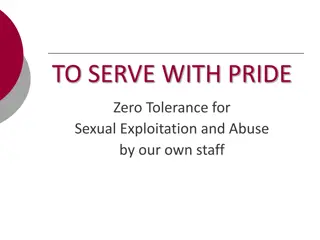
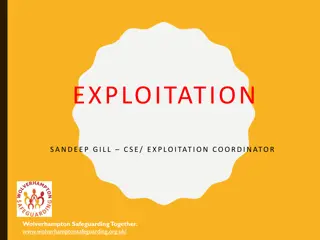
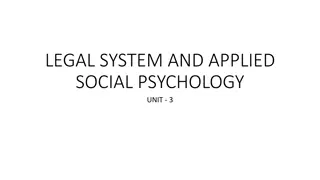

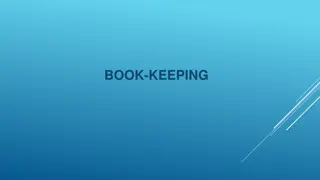

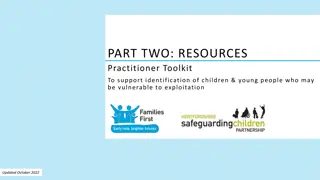
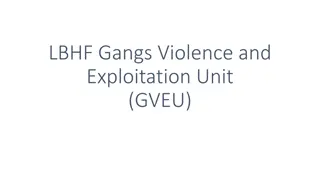
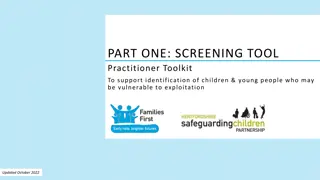

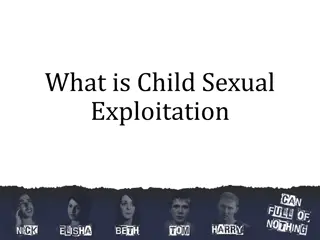
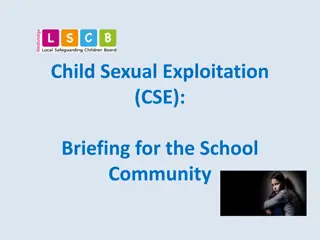
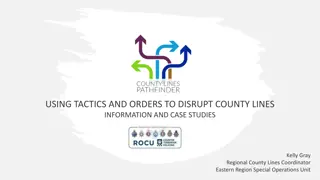
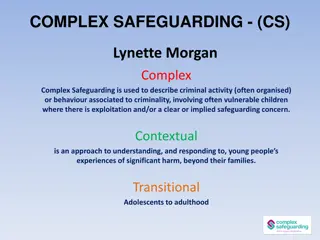
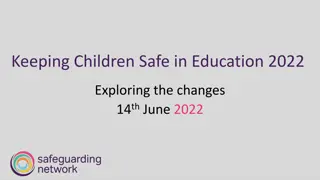

![Briefing on the Criminal Procedure Amendment Bill [B12-2021] to the Portfolio Committee on Justice and Correctional Services](/thumb/157093/briefing-on-the-criminal-procedure-amendment-bill-b12-2021-to-the-portfolio-committee-on-justice-and-correctional-services.jpg)
